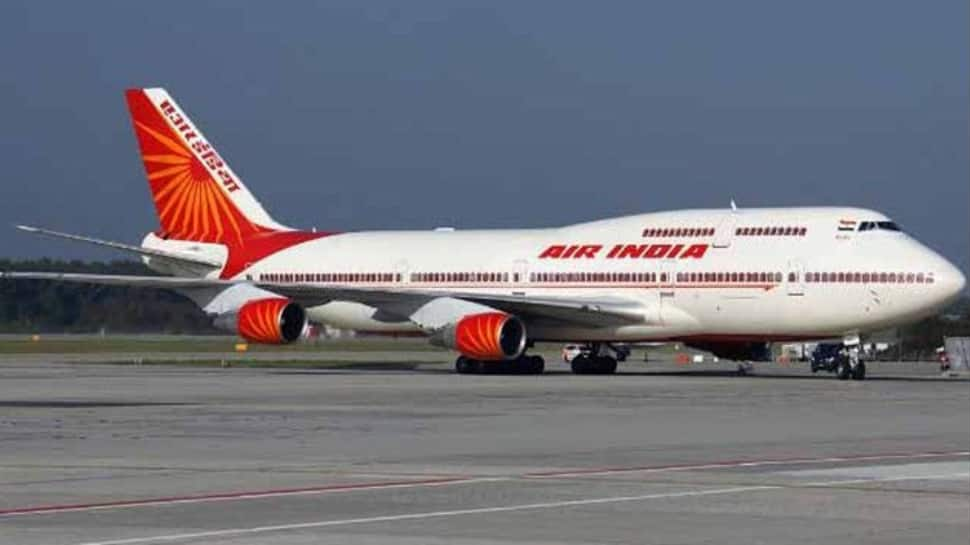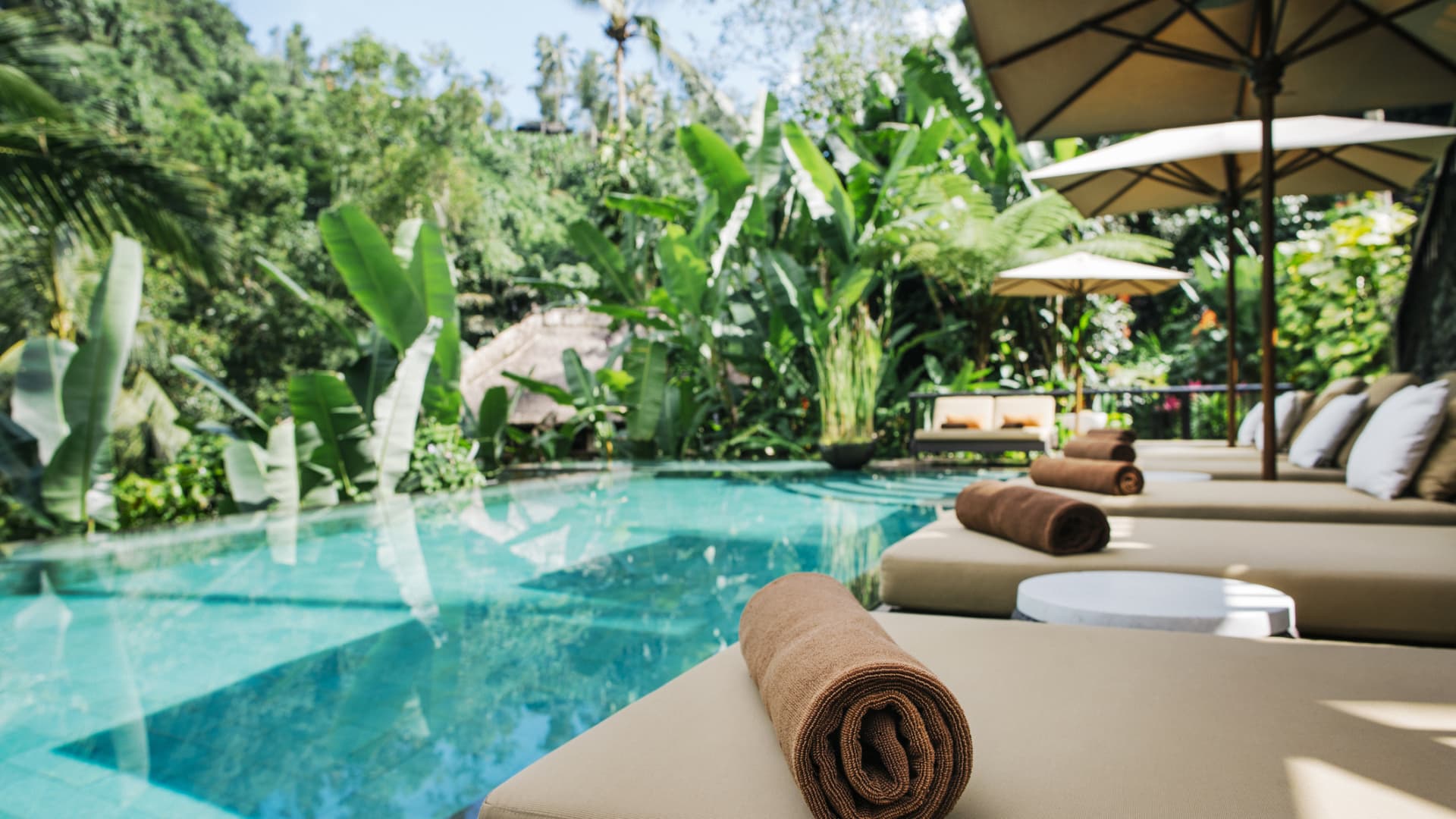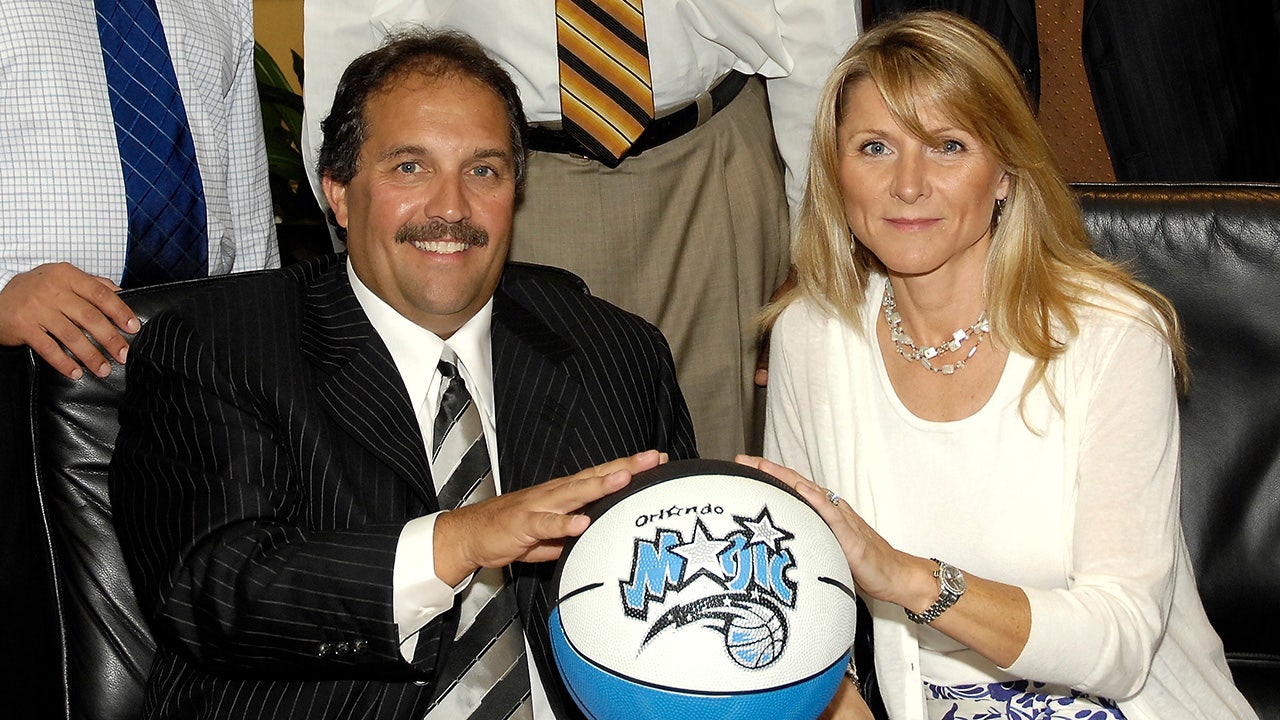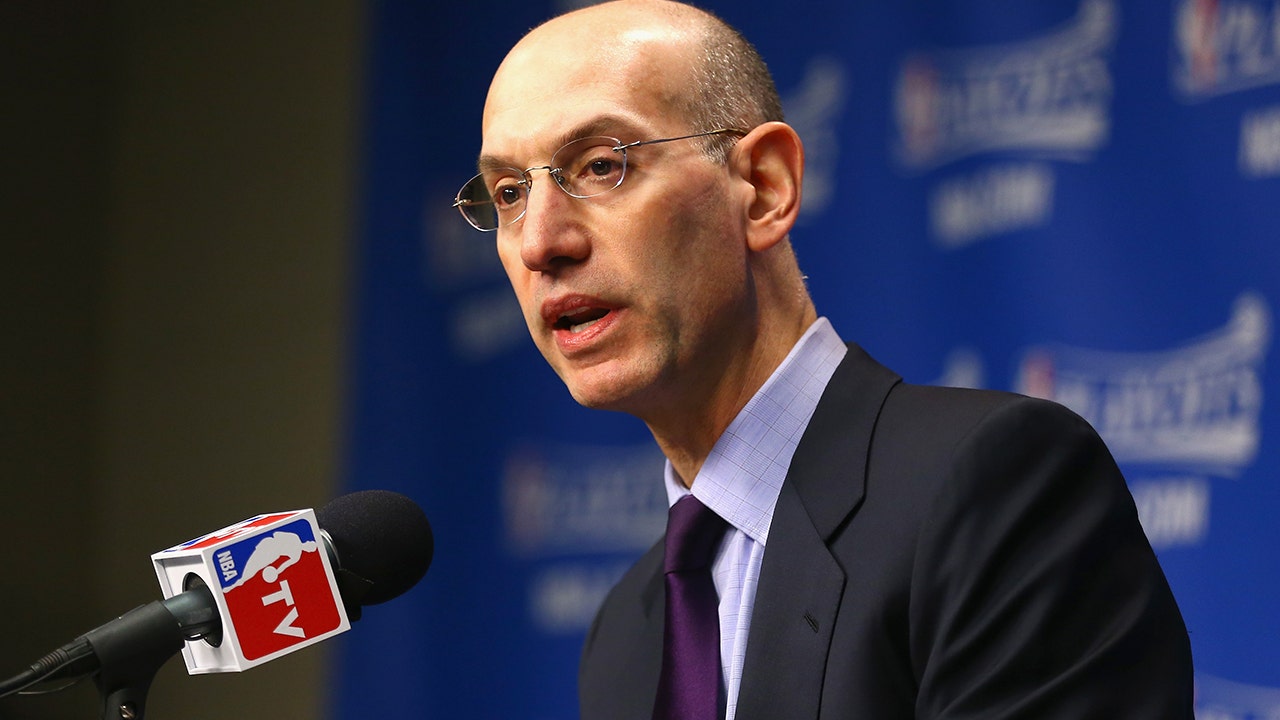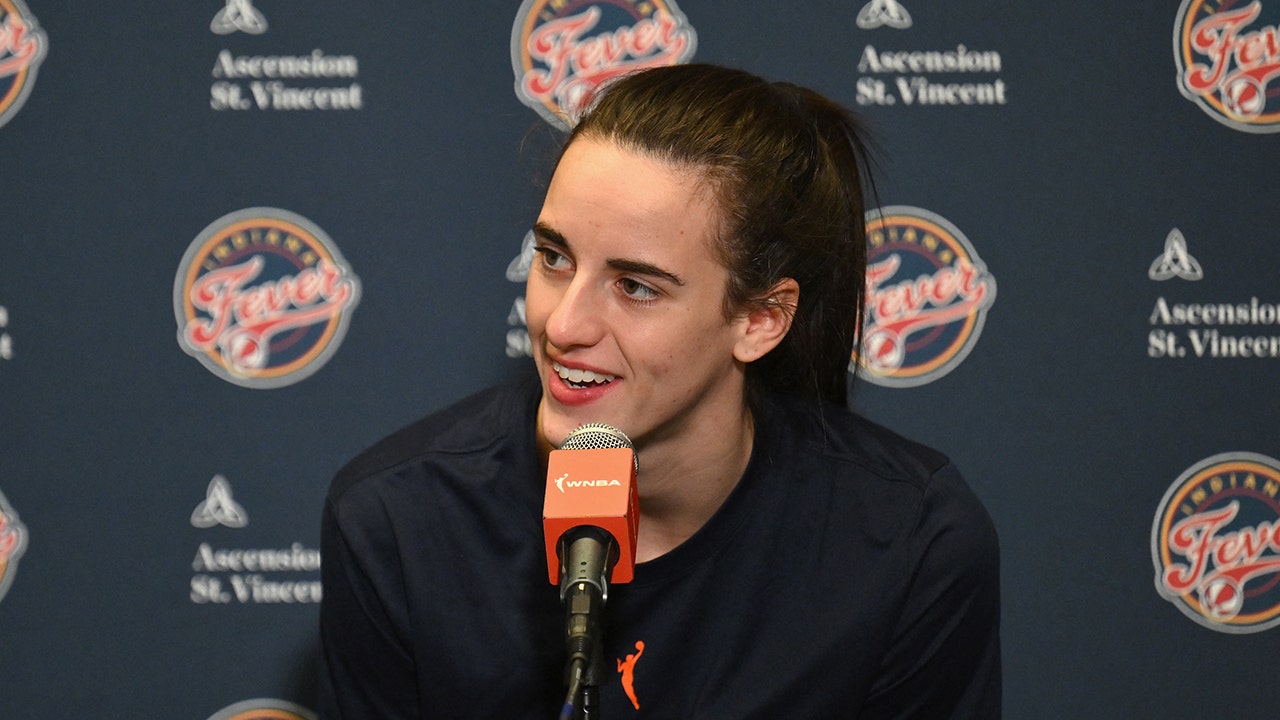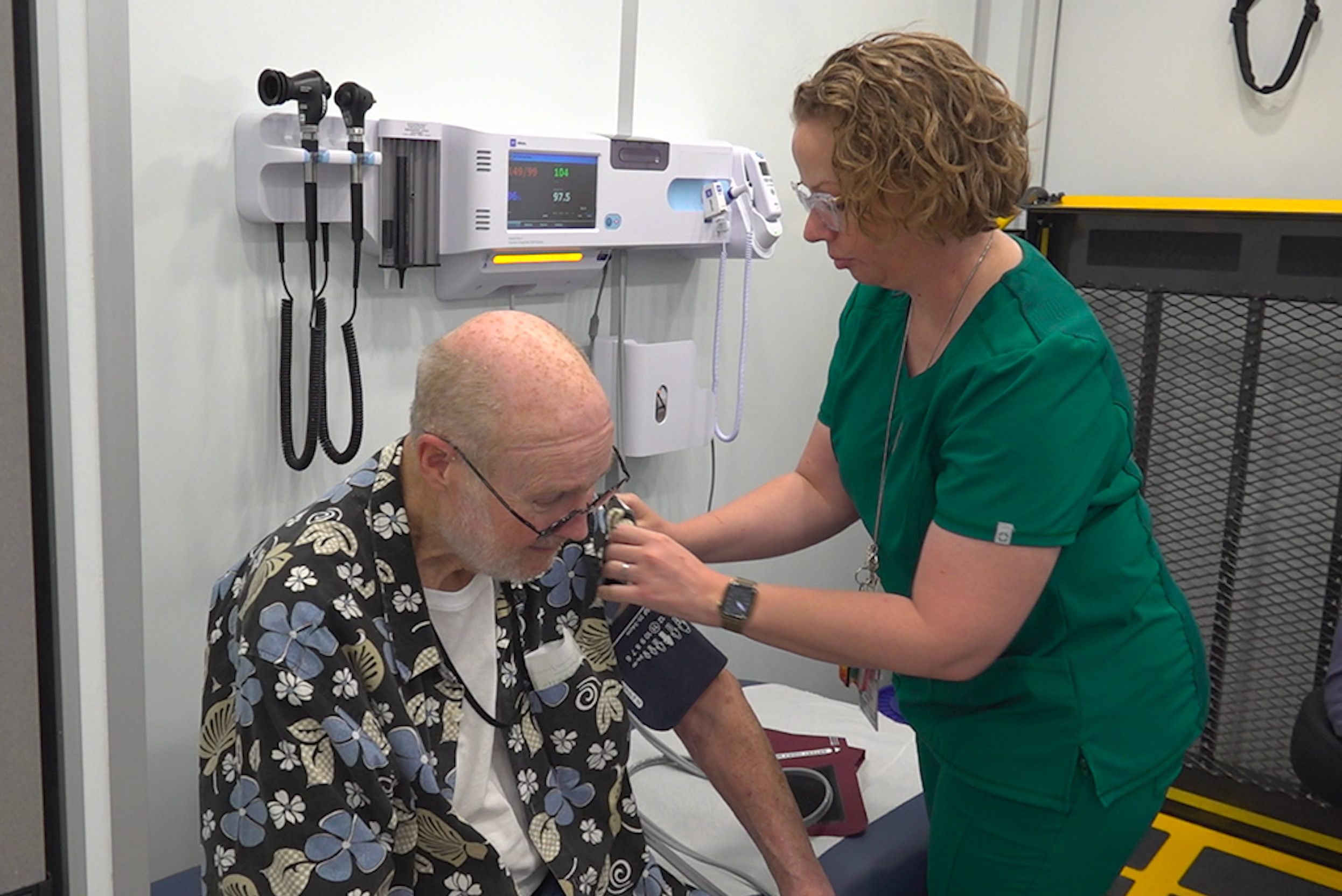Sometimes it seems as though the collectors, dealers, curators and advisers who power the art world will fly anywhere on the map to see a show or buy an artwork. Even a deadly pandemic could only delay the proliferation of events of a truly global market.
In March, the art fair buffet included Frieze Los Angeles, Art Dubai and Art Basel Hong Kong, but there also were major auctions in London. This month, the opening of the legendary Venice Biennale was the noncommercial center of gravity, though buyers had opportunities at art fairs in Brussels, Chicago and Dallas.
But in May, that diffusion turns to concentration, and all eyes turn to New York for what may be the busiest single art month of the year anywhere, including hubs like Los Angeles and Miami.
“Our business is cyclical, and May is a peak,” said David Zwirner, one of the world’s most powerful dealers, who runs multiple spaces in New York and in other art capitals like Paris, London and Hong Kong.
“There’s a psychology that’s been grandfathered in for collectors,” Zwirner said. “This is the time they are forced into making decisions. A couple times a year, they are ready to step up. If I’m honest, I don’t have that in January.”
It all started with auctions.
Since the late 1970s, Sotheby’s and Christie’s, the two auction behemoths, have staged some of their most important Impressionist, modern and contemporary art sales in New York in May (November is the other prestige season).
The same is true this year, with the big sales scheduled for the week of May 13. At Sotheby’s, the 1966 “Portrait of George Dyer Crouching” by Francis Bacon goes on the block, and at Christie’s one major offering is the Brice Marden abstraction “Event” (2004-7); both paintings are estimated at $30 million to $50 million.
Since 2012, when Frieze New York was established, art fairs have also clustered in the city in spring, syncing their schedules to take place close to the auctions and their attendant previews.
Now, Frieze New York (Thursday through May 5) is closely followed by the New York edition of the European Fine Art Foundation fair, TEFAF New York (May 10-14) and the Independent (May 9-12), plus at least a half-dozen more around the city.
The primary reason for the activity, Zwirner said, is a deep bench of buyers. “There are some buildings on the Upper East Side with more collectors than in some midsize European towns,” he said.
Pamela Joyner, a philanthropist and collector known for her focus on abstract art by African Americans and members of the global African diaspora, said she thought that recent power shifts in other places reinforced New York’s primacy.
Those shifts include the emergence of Seoul as an Asian art market capital to rival Hong Kong, and the complicated post-Brexit status of London — where the modern art market arguably started in the 18th century, when Sotheby’s and Christie’s were founded.
“New York is the safe haven,” said Joyner, who splits her time between the city and the Lake Tahoe area in Nevada. She serves as a trustee for four museums, including the Museum of Modern Art.
“I think New York is more the center of the art world now than it has been the last decade,” she said. “With all of this movement, there’s a default or consolidation to what is known.”
The season’s familiar rhythms are a bonus, she said. “The predictability of the schedule is a safety blanket,” Joyner added.
J. Tomilson Hill, a managing director of the hedge fund Two Sigma, is a prolific New York collector who, in 2019, established the Hill Art Foundation, which has an exhibition space in the Chelsea neighborhood. His varied specialties include Renaissance and Baroque bronzes, as well as modern and contemporary works.
Hill is making his own addition to the busy May mix. Beginning May 3, the Hill Art Foundation will feature a solo presentation by the artist Mika Tajima, known for her paintings, sculptures and installations that incorporate data and science.
Having one’s own public exhibition space affords a lot of latitude, but nonetheless Hill times his spring exhibition to sync up with the fairs and auctions — the gravitational power of the schedule is strong.
“We want traffic from collectors who may be traveling from out of town,” said Hill, who also serves on the board of directors of Gagosian gallery and on the advisory board of Christie’s. “We want people to see the show.”
In Hill’s opinion, collectors have become more sophisticated. “The market has gotten really good at discerning what’s a 10 and what’s an 8,” he said.
Although such fine distinctions may be the realm of top collectors, Hill added that he thought that art fairs also serve an educational role in New York, where large numbers of casual visitors have a chance to stroll the aisles. “You get a greater incidence of first-time fair goers,” Hill said, compared with events in other places, like, say, the small Dutch city of Maastricht, which draws loyal TEFAF devotees.
The abundance of options is illustrated by the fact that Frieze takes place at the Shed in Hudson Yards, just a few blocks from the gallery-packed blocks of Chelsea.
Instead of being superfluous, Frieze organizers say the location is synergistic.
“People come to the fair and then they look for the next activity they’re doing,” said Christine Messineo, director of Americas. “The conversation starts and then it leads them to a gallery an hour later. You can’t recreate that anywhere but in New York City.”
Frieze is now owned by the sports and entertainment conglomerate Endeavor, which last year bought the Armory Show, a fair that takes place in New York in September. The purchase was proof that organizers believe that collectors have an appetite for multiple events in the city throughout the year.
Kristell Chadé, the executive director of fairs at Frieze, said that there was a “relatively limited overlap between the two fairs — less than 10 galleries.”
Moreover, Chadé said that Frieze and the Armory Show were complementary, given that “the price points are more varied” at the Armory Show, which last year had 225 dealers, while Frieze had 68.
Messineo noted that “Frieze New York is an international fair welcoming global visitors,” and that this year, there will also be dealers from Guatemala, the Philippines, Colombia, Brazil, Mexico and South Africa participating in the event.
Some visiting collectors will also attend the auctions, or the auction previews, which are free and open to the public.
“Increasingly, we think people are designing their calendar around these events,” said Brooke Lampley, head of global fine art for Sotheby’s, speaking of both fairs and auctions.
Lampley said that Sotheby’s wanted to “capitalize on and align with” other events as much as possible.
“Friends of mine who want to start collecting art, I always tell them to go to an art fair,” she said. “They get to see so much at once. It’s a great way to start orienting your eye and your taste.”
New York’s hugely dense and varied museum scene — which this season features, among other big shows, a new edition of the Biennial at the Whitney Museum of American Art — is a major attraction for collectors, and the auction houses see a market opportunity.
“Trust me, my sales team is actively canvassing owners of works by artists in the Biennial,” Lampley said, of stocking her sales with artists who are in the public eye. “It’s a message of validation and recognition, and the meeting point of the curatorial and commercial.”
You probably will not see Joyner raising a paddle — she watches the auctions online and then bids on the phone. “I never attend auctions in person,” she said. “I don’t want to broadcast what my parameters are.”
But she goes to the previews and attends the larger art fairs, as does Hill. “People sometimes buy a work without seeing it in person, and to me, that’s nuts,” Hill said.
That interest in being in the same room with art is what keeps the gallery scene humming along, playing its part in the larger ecosystem — and not all of it is at Zwirner’s high-flying level. The dealers who eventually end up at Frieze New York have to start somewhere. (Fairs are expensive for galleries, and organizers are choosy about who they include.)
David Pagliarulo, 28, started the gallery David Peter Francis in March with a group show, in a third-floor space in Chinatown. “The show was about beginning, what it means to jump off the cliff,” Pagliarulo said of the opening exhibition, which featured works by Peter Hujar, Matt Keegan and Kathryn Kerr.
Pagliarulo formerly worked at other galleries, including Marinaro, before opening his own, and the solo show in his new gallery, opening Friday, features work by the photographer Gonzalo Reyes Rodriguez, including the image “Kyle/David” (2024).
Perhaps Hill and Joyner will not make it down to Chinatown, but, based on the gallery’s jam-packed opening night in March and the number of motivated collectors on hand in the city in May, someone likely will.
As Pagliarulo put it, “The density here is to everyone’s advantage.”








